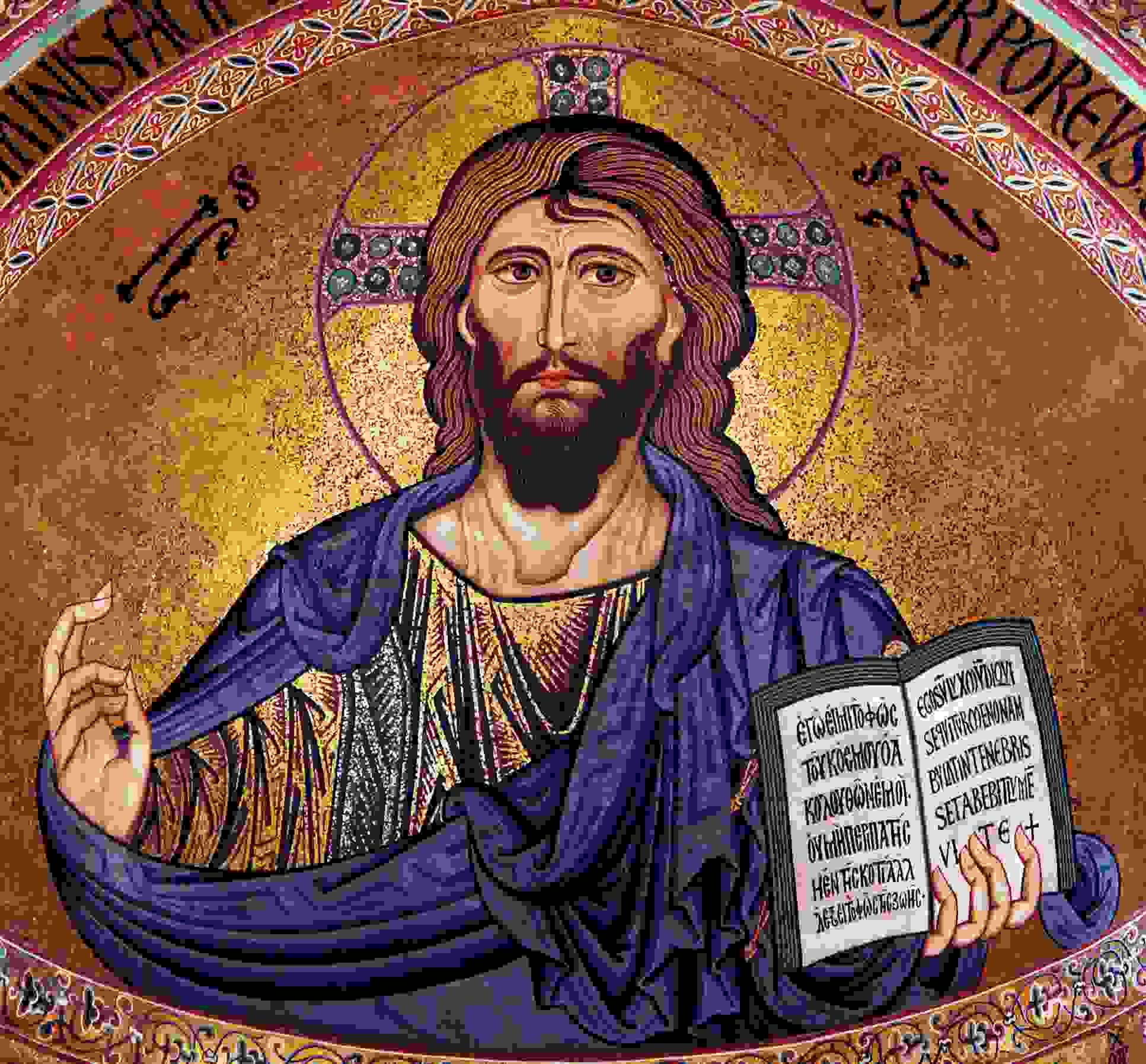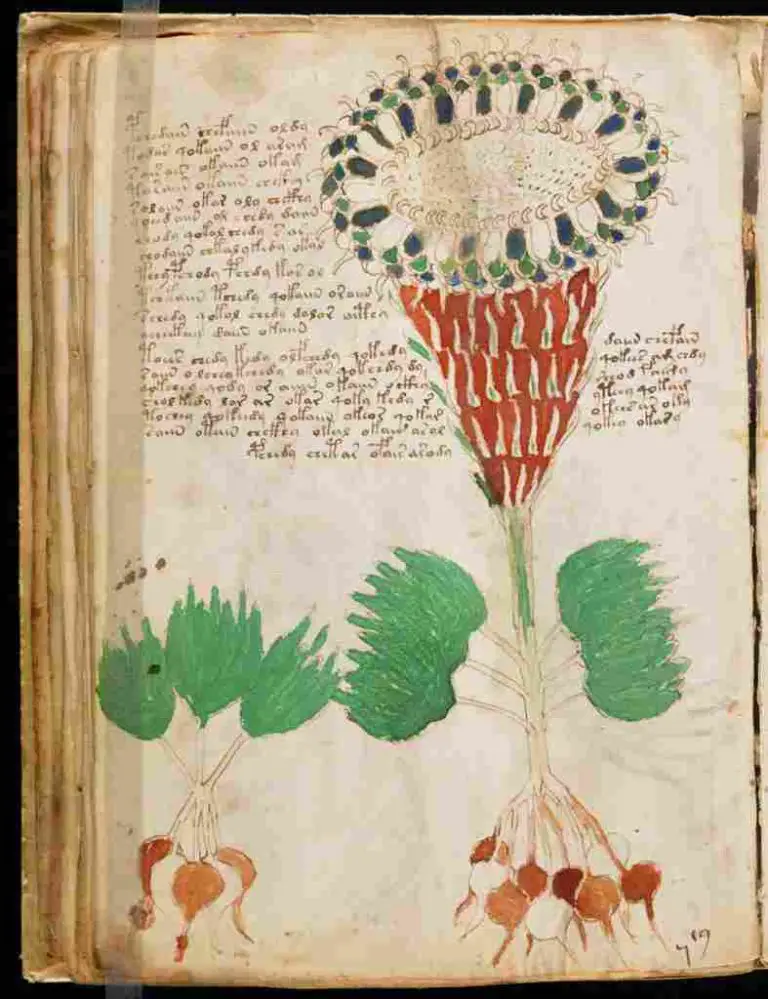Q Source | The Lost Gospel
The Q source is essentially a written collection of Jesus’ sayings. Q source is part of the standard material included in Matthew and Luke’s Gospels but not in Mark’s Gospel. Q Source’s existence is based partly on the fact that some passages in Matthew and Luke are similar.
While the Gospel of Mark is considered a source for both Matthew and Luke, several sections included in both are not found in Mark. Some researchers believe the paragraphs come from another source, dubbed “Q Source.” (“Q” is an abbreviation for “Quelle,” which means “source” in German.)
What Exactly is Q Source?
Q source in the study of biblical literature, a potential Greek-language proto-Gospel that would have circulated in recorded form around the time the Synoptic Gospels—Mark, Matthew, and Luke—were written between 65 and AD 95.
The Q manuscript must have been written before Matthew and Luke; some historians even believe Q predated Mark. The final Q document is frequently dated to the 40s or 50s of the first century, with some disputing its so-called proficiency level layer.
Physical copies of Q, if they existed, have since been lost. However, some academics feel it can be primarily rebuilt by considering components shared by Matthew and Luke (but absent from Mark).
Versions of this reconstructed Q do not depict Jesus’ life events: Q does not include Jesus’ birth, selection of the 12 disciples, crucifixion, or resurrection. It looks to be a compilation of Jesus’ quotes and sayings.

How did the Q Source Get Lost?
Nonetheless, there have always been skeptics, such as those who deny both Markan priority and Q, holding instead to the “two-Gospel” or Griesbach theory that claims Matthew was the first Gospel, Luke used Matthew, and Mark used Matthew and Luke.
Certain people maintain Markan priority but reject Q by proposing that Luke also knew Matthew (The Farrer theory).
While Q remains popular among New Testament academics, a considerable number of researchers are skeptical about the existence of the hypothetical text, Q.
Even though no real copy of Q has yet been discovered, many researchers believe such a document was previously circulated in early Christian communities.
The existence of Q has been called into question. Omitting what should have been a highly prized dominical document from all early Church catalogs, Jerome’s omission is a current Biblical studies dilemma.
However, because the contents of Q were preserved in the canonical gospels, transcribing Q may have been deemed unnecessary. As a result, it may have been preferable to transcribe from the Gospels of Matthew and Luke, “where the sayings of Jesus from Q were rewritten to avoid misunderstandings and to match their own contexts and knowledge of what Jesus had truly meant.” Despite its flaws, the two-source hypothesis has widespread acceptance.

Two Source Q Hypothesis
The two-source hypothesis explains the synoptic dilemma, the pattern of similarities and discrepancies between Matthew, Mark, and Luke’s Gospels.
It claims that the Gospels of Matthew and Luke were founded on the Gospel of Mark and a collection of hypothetical sayings from Christian oral tradition known as Q.
The two-source hypothesis explains the twofold tradition by asserting the presence of a lost “sayings of Jesus” document known as Q. It is this, rather than chronology, that distinguishes the two-source hypothesis from competing ideas.
Because Luke and Matthew are independent of Mark in the twofold tradition, the connection between them must be explained by their shared but independent use of a missing source or sources.
Three Source Q Hypothesis
Certain scholars who support the three-stage Q development hypothesis, such as Burton L. Mack, argue that Q’s unity stems not only from its sharing by Matthew and Luke. But also from the fact that the later layers of Q as reconstructed build upon and presuppose the earlier ones. The reverse of this is not true.
According to this argument, proof that Q has been altered is not evidence of disunity in Q because the supposed revisions rely on uneven logical links between what are posited to be the later and earlier layers.

Recent Discoveries Related to Q Source
Q remained a hypothesis that lingered on the outskirts of scholarly investigation because it was difficult to get excited about something that did not exist. However, a lucky find in Egypt in 1945 gave surprisingly new evidence that reignited interest in Q’s possible existence.
Two brothers searched for fertilizer at the base of cliffs near Nag Hammadi, Egypt, where the Nile bends on its journey from Chenoboskeia to Pabau. While searching, the brothers found a hard object hidden beneath the dirt.
It turned out to be a massive jar with a shallow red dish. They were initially hesitant to open the pot, but he eventually mustered the guts to break it, hoping it contained gold. Not money, but twelve books bound in gazelle leather, dropped out.
These books would go on to be one of the most significant archaeological discoveries of the twentieth century. One of the reasons for their significance is that they provide excellent proof for the existence of the sayings collection known as Q.
Conclusion
There is reason to doubt the theory that Matthew and Luke used “Q” from Mark’s Gospel as sources. First and foremost, no such Document Q has ever been discovered. Second, there is no agreement on which sayings should be included in “Q.”
Third, no historian or writer has provided historical evidence for the existence of a Q-type document. Fourth, as already said, the weight of historical evidence does not support Mark as the earliest Gospel written, which is required for this theory.
References
https://www.pbs.org/wgbh/pages/frontline/shows/religion/story/qthomas.html







